By Kevin Brzozowski
In the ever-evolving landscape of artificial intelligence (AI), the intersection of technology and antitrust law is becoming a focal point for regulators, counsel, and businesses alike. As companies increasingly incorporate AI into their operations, concerns about anticompetitive behavior and collusion have prompted both the Department of Justice (DOJ) and the Federal Trade Commission (FTC) to take proactive measures.
In this post, we look briefly at the unique issues AI brings to the antitrust arena and then turn to some of the recent initiatives from regulators surrounding AI and antitrust, including recent statements from key figures and the potential impact on businesses.
Short story shorter: Companies leveraging AI without considering evolving antitrust law stand on thin ice.
AI and the Legal Field
AI is everywhere – in our computers, our phones, and even in our homes. (Amazon Alexa, anyone?) Most recently, generative AI platforms like ChatGPT seemed to take the world by storm, sending chills through the legal industry about the potential of robot lawyers taking over the profession. While they haven’t booted lawyers out of their office chairs (yet), the newest AI developments have certainly improved the legal process. From analyzing large data sets in a matter of minutes to drafting legal documents, the integration of AI into various industries promises substantial benefits, including operational efficiency and enhanced customer experiences.
However, the rapid adoption of AI has raised antitrust eyebrows, and companies would be wise to pay attention to FTC and DOJ guidelines, especially potential pitfalls under the Sherman Act.
Antitrust Framework for AI and Related Enforcement
Understanding the legal framework is crucial for companies navigating the AI landscape within the bounds of antitrust laws. Federal antitrust laws aim to promote competition, protect consumers, and prevent practices that may stifle innovation or lead to higher prices. Violations of antitrust laws can result in severe consequences, including civil enforcement actions, private civil lawsuits with treble damages, and potential criminal prosecution. The stakes are high, requiring companies to approach AI integration proactively and with a keen awareness of antitrust implications.
As we noted in a recent Level Legal webinar featuring AI-focused guests from Covington & Burling’s antitrust practice, antitrust concerns related to AI fall into two main categories: agreements among market participants and single-firm conduct (commonly referred to as Section One and Section Two considerations, respectively, referencing the Sherman Act).
Section One Concerns
Section One of the Sherman Act prohibits any agreement among competitors that unreasonably limits competition. AI considerations here include issues like tacit collusion between pricing algorithms. While price-fixing has always been an antitrust no-no, violations typically involved elements of explicit coordination – meaning an intention to fix prices to stifle competition. The DOJ argues that algorithmic price-fixing is no different, except that it uses technology to generate price recommendations based on data input, and crucially, can occur absent an express intent to collude.
For example, in a recent case pending in federal court, the DOJ dismissed the defendants’ argument that it didn’t intend to fix prices through AI, stating:
“It makes no difference that prices are fixed through joint use of an algorithm instead of by a person … whether firms effectuate a price-fixing scheme through a software algorithm or through human-to-human interaction should be of no legal significance. Automating an anticompetitive scheme does not make it less anticompetitive.”
Even with no express intention to collude, companies may find themselves in trouble over their use of AI.
Section Two Concerns
Section Two of the Sherman Act seeks to prevent monopolies. Regarding AI, the FTC and DOJ have expressed concerns about potential exclusionary conduct by dominant firms in the AI space through practices like bundling AI technology with software products and dealing exclusively with preferred partners.
Because AI builds on itself, the FTC notes that an early mover could “secure a significant advantage over its competitors because its models, by virtue of having interacted with a greater number of users over a longer period, are able to generate more engaging and useful content than rival products.” This advantage would pose a significant roadblock to emerging companies attempting to enter this market. Likewise, control over essential inputs like data, talent, and computational resources may create barriers to entry, hamper innovation, and lead to anti-competitive practices.
Enter the DOJ and the FTC
To harness AI’s benefits while heading off potential pitfalls, Jonathan Kanter, head of antitrust at the DOJ, introduced “Project Gretzky” at this year’s South by Southwest festival, drawing on the famous hockey player’s quote about “skating to where the puck will be.” For the DOJ, that means hiring data scientists and experts that understand AI’s nuances in an attempt to keep pace with technological development.
And this initiative isn’t exclusively about new hires at the Department. It’s in line with the Department’s stated goals surrounding AI policy, going back nearly three years, among which is a commitment to “cultivate an informed AI workforce inclusive of business, mission, and technical subject matter experts….”
In contrast to the DOJ’s more limited jurisdiction, the FTC, under Chairperson Lina Khan, casts a broader net with Section Five of the FTC Act. Khan’s opinion piece in The New York Times highlighted the space’s ripeness for potential violations, including collusion, monopolization, mergers, price discrimination and unfair methods of competition. The FTC intends to address these issues, emphasizing the dual responsibility of monitoring AI dangers and promoting fair competition.
Finally, regulatory focus on AI extends to the merger clearance space as well. AI products that operate similarly or that may present coordinated effects are anticipated to be the subject of regulatory scrutiny when used within two merging companies. The updated Draft Merger Guidelines, which are expected to be a hot topic in early 2024, address AI algorithms and their potential impact on market transparency.
Practical Guidance for Companies
Amid the growing scrutiny of AI-powered technology from regulators, law firm practitioners are disseminating guidance to clients on how best to manage their risk. For example, The National Law Review published an excellent checklist by K&L Gates for companies that use AI, highlighting proactive measures to identify, manage, and reduce antitrust risk. Top of mind: risk assessments for AI technology, consideration around disclosures and collaboration, scrutiny of data sources and algorithms, and compliance policies and training.
AI presents many unique opportunities, challenges, and risks for today’s companies. The benefits are clear, but companies must strike the right balance: embracing AI technology, integrating AI-powered applications into their operations, and scaling technology to keep abreast of competition, all while managing the significant risk stemming from the watchful eyes of antitrust regulators.
Navigating this landscape requires a nuanced understanding of both AI and antitrust laws. Enforcement agencies have signaled their intent to scrutinize AI applications, and, through initiatives like Project Gretzky, are staffing to execute that oversight. Similarly, regulators have joined the fight, using a broad interpretation of potential concerns and demonstrating a bullishness for litigation.
As we head into 2024, one thing is clear: Enforcement agencies aim to ensure that the promise of AI is realized within an increasingly rigorous definition of fair competition and legal compliance. Don’t get caught on thin ice.
Need an eDiscovery partner skilled in antitrust matters? Contact Level Legal today.
Kevin Brzozowski is a director of business development at Level Legal. He has more than 15 years of experience in eDiscovery, including work for a global eDiscovery provider and multiple IP-focused litigation firms.


